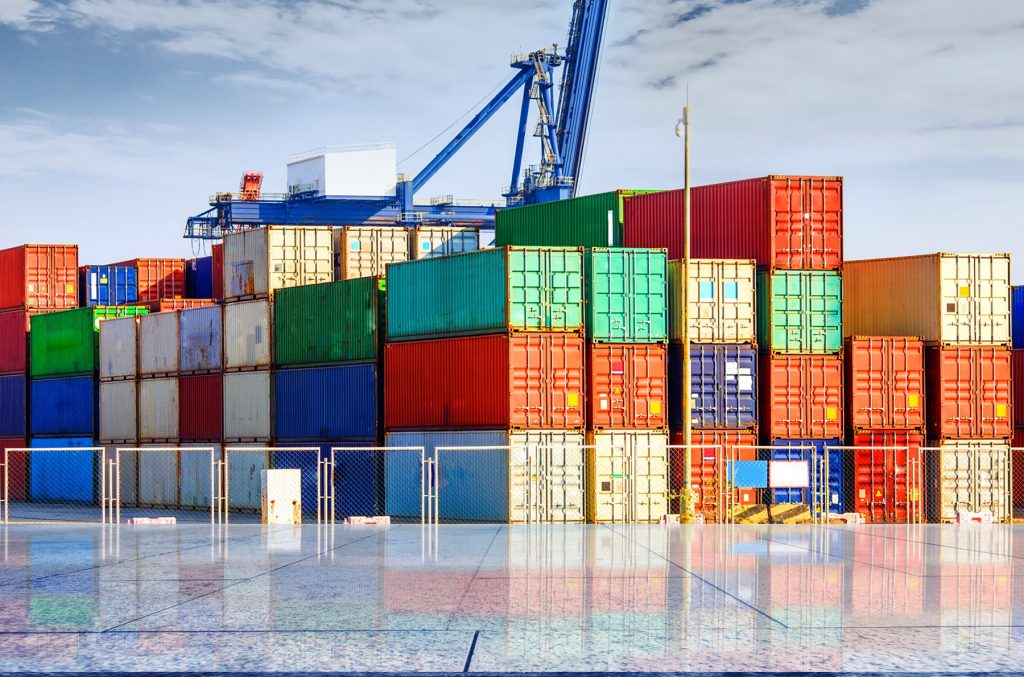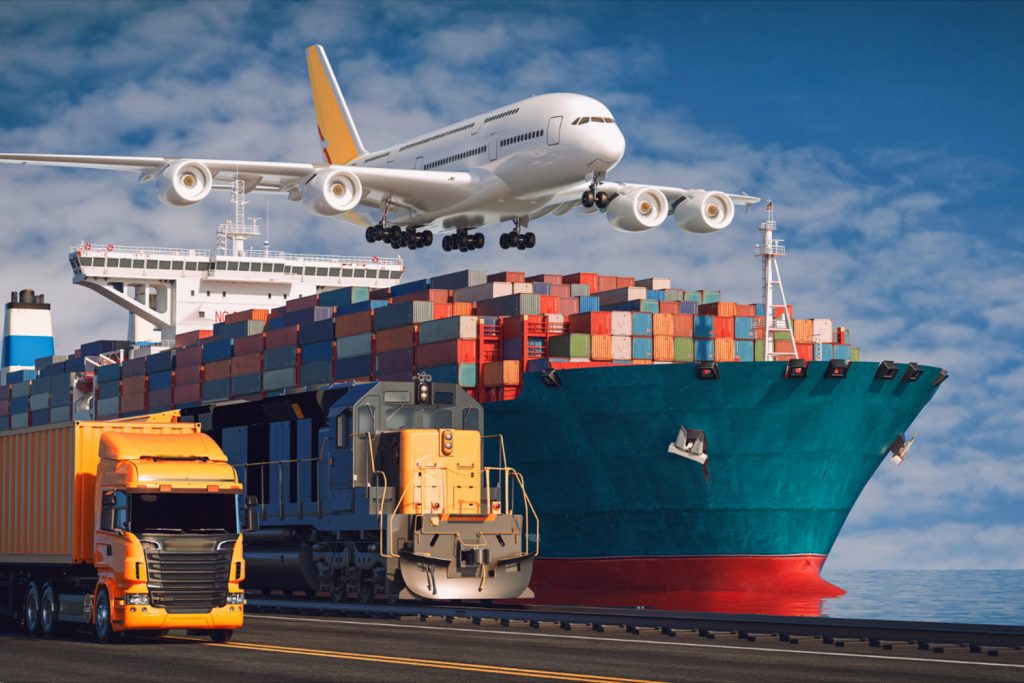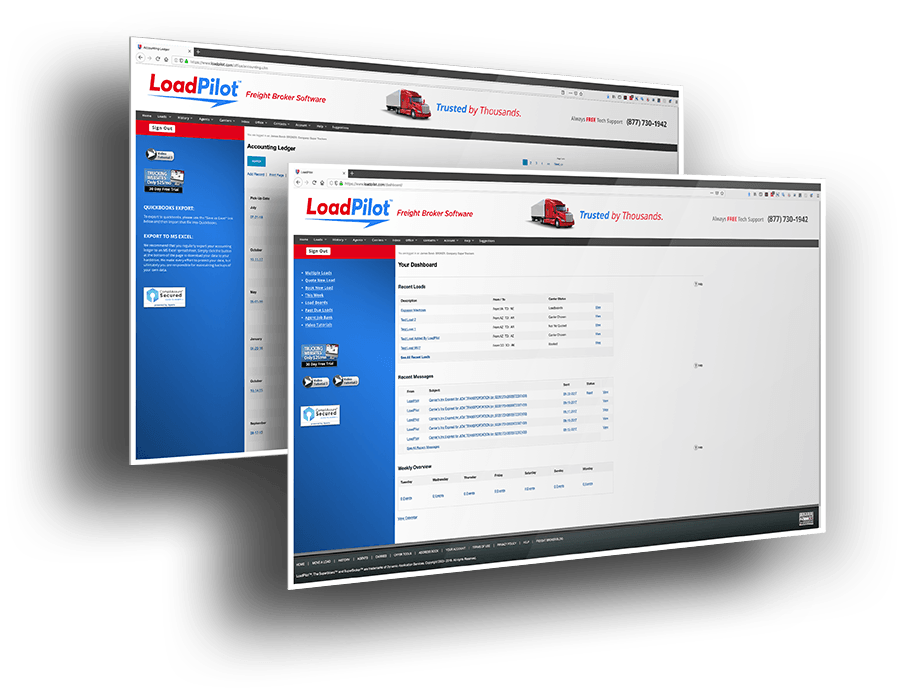Shipment class is an invaluable logistics tool that helps carriers determine exactly how to transport goods safely and cost-effectively. It takes into consideration factors such as product fragility, weight, and density – all of which are essential considerations for any delivery service. With this classification system in place, we can trust our shipments will get from point A to B safe & sound AND on budget.
Carriers take the information from businesses that rely on shipping to transport their products and crunch the numbers for just the right transportation rates. Knowing shipment class helps these companies get their goods where they need to go without breaking a sweat or bank account, ensuring smooth logistics operations with no stress over product arrival – perfect condition only.
What Is Shipment Class?
Shipment class is a term used in logistics and transportation to categorize different types of shipments based on their characteristics. This classification system is important because it helps carriers determine each shipment’s appropriate handling and transportation requirements. Shipment classes are typically based on weight, size, fragility, and hazardousness. For example, a shipment of heavy machinery would be classified differently than a shipment of delicate electronics.
When you’re shipping something special, it’s important to understand the different classes of shipments. Starting from Class 50 (the most delicate option) up to a tough-as-nails 500 – each class provides different levels of protection and cost savings for your shipment journey! Remember: if you get the right packaging in place with an accurate classification, your goods will arrive securely on time.
What Are the Types of Shipment Classifications:
Shipping your goods can be a tricky business! Thankfully, there’s an easy way to make sure you’re sending the right type of package. With two different types of shipment classifications – standard and industry-specific ones – it’ll be as simple as ABC in no time!
Standard Shipment Classifications:
Standard shipment classifications are the most commonly used types of classifications. They are used to identify shipments based on their mode of transport, delivery time, and packaging requirements. Some examples of standard shipment classifications include ground, air, and ocean shipments.
Industry-Specific Shipment Classifications:
Industry-specific shipment classifications are used to identify shipments based on the specific needs of certain industries. For example, the pharmaceutical industry may require temperature-controlled shipments to ensure the integrity of their products. The food industry may require special packaging and labeling requirements to meet regulatory standards.
Understanding the different types of shipment classifications can help businesses select the most appropriate shipping method for their specific needs. By considering factors such as mode of transport, delivery time, packaging requirements, and industry-specific needs, businesses can ensure their shipments are delivered safely, on time, and at the lowest possible cost.

What Factors Impact Shipment Class?
Shipment classification is a vital aspect of logistics and transportation management, determined by several factors. These factors include product characteristics, mode of transportation, shipping distance and destination, packaging type and size, and regulatory requirements and restrictions. This article will delve deeper into these factors and examine how they impact shipment class.
Product Characteristics:
The product’s characteristics play a crucial role in determining its freight class. The National Motor Freight Traffic Association (NMFTA) has established a set of freight classifications based on the product’s density, stowability, handling, and liability. Generally, heavier and denser products fall under a higher freight class, while those that are lighter and take up more space have a lower freight class.
Mode of Transportation:
The mode of transportation chosen to ship the product also affects the shipment class. Different modes of transportation have varying weight and space limitations that can impact the freight class. For example, airfreight is generally more expensive than ground shipping, so products shipped by air will have a higher freight class and higher cost.
Shipping Distance & Destination:
Shipping distance and destination also play a significant role in determining the freight class. The farther the shipment needs to travel, the higher the freight class will be. Additionally, certain destinations may have limited access or require additional handling, which can increase the shipment’s freight class.
Packaging Type and Size:
The packaging type and size of the shipped product also impact the freight class. Products packaged in irregular shapes or requiring special handling will typically have a higher freight class. Similarly, larger packages will have a higher freight class than smaller packages and require more protection during shipping and handling.
Regulatory Requirements and Restrictions:
Regulatory requirements and restrictions can also impact the freight class of a shipment. Certain hazardous materials, for example, require special handling and packaging, which can increase the freight class. Similarly, some international shipments may be subject to import or export restrictions, impacting the freight class and shipping costs.
Considering all these factors, shippers can use a freight class calculator to calculate the freight class. By entering the relevant information, shippers can determine the appropriate freight class for their shipment. Generally, a lower freight class means a lower shipping cost, while a higher freight class means a higher shipping cost.

What Are Methods for Calculating Shipment Class:
Determining the correct freight class is vital to ensure accurate pricing and categorization for your shipment. Freight classes are determined based on weight, dimensions, density, and handling requirements. The National Motor Freight Classification system is commonly used to calculate shipment class, which assigns a class based on the commodity being shipped and its density per cubic foot. Calculating shipment class is important to avoid costly mistakes and delays accurately.
Density-Based Method:
The density-Based Method is a clustering technique that groups data points based on their proximity. It identifies dense regions of data points and separates them from less dense regions, making it a useful tool for identifying complex patterns in data.
This technique is particularly useful for analyzing uneven distributions or noisy data. The Density-Based Method is employed in various industries, including finance, healthcare, and marketing, to identify insights and make data-driven decisions.
NMFC (National Motor Freight Classification) System:
The National Motor Freight Classification (NMFC) system is a standardized classification system established by the National Motor Freight Traffic Association (NMFTA). It is widely used in the transportation industry to determine shipping rates based on the physical characteristics of shipped commodities. The system categorizes commodities based on density, stowability, handling, and liability.
This classification enables carriers to determine the resources needed to transport goods safely and efficiently while helping shippers choose the appropriate product packaging and handling methods. In summary, the NMFC system plays a vital role in establishing fair and consistent pricing for transportation services while promoting the safe and efficient handling of goods.
Stowability-Based Method:
The Stowability-Based Method is crucial in determining the accurate freight shipping class for LTL shipments. This Method analyzes the ease of packing and stacking freight in a carrier’s trailer, which can impact the space and weight capacity required during transit. Assigning the wrong freight class can lead to unexpected charges and delivery delays, making it essential to use the LTL freight class chart to assign the correct classification.
By utilizing the Stowability-Based Method, shippers can ensure their freight is accurately classified based on its stowability, ranging from Class 50 (highest) to Class 500 (lowest), and allocate the appropriate space and weight capacity in the carrier’s trailer.

Handling-Based Method:
The Handling-Based Method is a psychotherapeutic approach that focuses on developing new coping strategies and problem-solving skills to address emotional and behavioral difficulties. This Method involves identifying negative thoughts, beliefs, and behaviors that contribute to the client’s problems and replacing them with positive ones using cognitive and behavioral techniques.
The Handling-Based Method emphasizes the active engagement of the client in the therapeutic process to facilitate the acquisition of new skills and the development of more adaptive behaviors. This approach effectively treats a range of mental health concerns, particularly anxiety and mood disorders, and can significantly improve an individual’s overall quality of life.
Liability-Based Method:
When investing in industries with high liability risks, such as mining or energy, it pays to be aware of the Liability-Based Method. This risk management framework looks at an investment’s liabilities – like legal claims and environmental cleanup costs – then subtracts them from its assets to determine net worth. Protect your capital by putting this savvy strategy into practice.
When it comes to investing, considering future expenses and risks can provide an invaluable insight into the real value of your investment. The Liability-Based Method helps investors better assess potential outcomes based on all factors at play – from financial obligations to dangers lurking in the horizon – allowing for informed decisions that could lead down a path towards greater returns.
Value-Based Shipment Classification Method:
The Value-Based Shipment Classification Method is a vital system shipping companies employ to classify shipments according to their declared value. This Method ensures regulatory compliance, security considerations, and appropriate insurance coverage for transported goods. Typically used in air freight, this Method follows the regulations established by the International Air Transport Association (IATA).
The classification system encompasses five categories ranging from A to E, each with specific requirements, including security measures, packaging standards, and size limitations. By accurately classifying shipments based on value, shipping companies can facilitate safe and secure transportation while providing adequate insurance coverage and liability protection for shippers and carriers.

What Are The Benefits of Proper Shipment Class Determination:
Shipping products can be a complicated process, and choosing the correct shipment class is critical to ensuring your goods arrive at their destination safely and on time. Choosing the wrong shipment class can increase costs, delays, and unsatisfied customers. We will discuss the benefits of proper shipment class determination, including cost savings, accurate transit time estimates, improved customer satisfaction, and reduced risk of damage and loss.
Cost savings:
One of the most significant benefits of proper shipment class determination is cost savings. Choosing the correct shipment class can help you avoid unnecessary charges, such as reweighing or reclassification fees, which can significantly increase your shipping costs. By selecting the right shipment class, you can ensure that you are not overpaying for shipping and are only paying for the services you need. Additionally, selecting the right shipment class can help you take advantage of cost-saving opportunities, such as volume discounts or special promotions.
Accurate Transit Time Estimates:
Another benefit of proper shipment class determination is providing accurate transit time estimates. Shipping companies rely on shipment class to determine your goods’ best route and delivery time. If you choose the wrong shipment class, your package may take longer to arrive than expected, causing customer frustration and dissatisfaction. Accurately estimating transit time is essential for meeting customer expectations and building a positive reputation for your business.
Improved Customer Satisfaction:
Selecting the correct shipment class can also improve customer satisfaction. When customers receive their orders on time and in good condition, they are more likely to be satisfied with their purchase and become repeat customers. On the other hand, delayed or damaged shipments can lead to negative reviews, lost customers, and damage to your reputation. Proper shipment class determination is essential for ensuring that your customers receive their orders in good condition and on time.
Reduced Risk of Damage and Loss:
Finally, selecting the correct shipment class can reduce the risk of damage and loss. Shipping companies have specific requirements for packaging and handling based on shipment class, and selecting the wrong class can damage your goods. Additionally, some shipment classes may require additional insurance or tracking to protect against loss or theft. Choosing the correct shipment class ensures your goods are properly packaged and handled, reducing the risk of damage or loss during transit.
Selecting the correct shipment class is crucial for ensuring your goods arrive safely and on time, improving customer satisfaction, and reducing shipping costs. Take the time to understand the different shipment classes and choose the one that best meets your needs. Doing so can avoid unnecessary charges, accurately estimate transit time, improve customer satisfaction, and reduce the risk of damage and loss.

Conclusion:
Shipment class is a classification system used in logistics and transportation to categorize shipments based on their characteristics. This classification system helps carriers determine each shipment’s appropriate handling and transportation requirements. Shipment classes are typically based on weight, size, fragility, and hazardousness.
The five shipment classes range from Class 50 (the least dense and most fragile) to Class 500 (the densest and most durable). Shipment class is important for businesses that rely on shipping to transport their products, as it helps them to streamline their logistics operations, reduce costs, and ensure that their products arrive at their destination in good condition.
FAQs:
What is freight class 50?
In LTL shipping, freight class 50 is a critical term that pertains to a specific range of freight density, typically ranging from 50 to 55 pounds per cubic foot. Accurately determining the freight class is imperative to ensure carriers charge the appropriate fees and avoid penalties. Since the freight class wrong is largely based on density, the amount of space a shipment occupies in a truck influences the overall cost of transportation.
Therefore, miscalculating the freight class can lead to significant consequences, such as unexpected fees and expenses. Consequently, it is critical to calculating the freight class correctly based on the shipment’s dimensions and weight to avoid any potential issues.
How can you determine your LTL freight class?
Determining the correct LTL freight class is essential for businesses shipping goods. The National Motor Freight Classification assigns a code to each commodity based on its density, handling, and stowability. You must identify your commodity’s NMFC code and calculate its density to determine your freight class. Comparing your shipment’s density to the density breakpoints for each freight class will determine which freight class it falls into.
Other factors such as handling, liability, and stowability can also affect the classification. Working with reputable LTL carriers can help you accurately determine your freight class and provide the best shipping options for your needs. By following these steps, you can ensure you are paying enough for your LTL freight.
What are the challenges in determining shipment class?
Determining the correct shipment class is a critical aspect of successful logistics management. However, there are several challenges in accurately calculate freight class for shipments. One major challenge is the complexity of the National Motor Freight Classification (NMFC) system, which requires a deep understanding of various factors, such as the density, value, and fragility of goods. Another challenge is dealing with products with multiple characteristics, which can impact their classification and shipping costs. This can be particularly challenging for items that fall into a grey area where their classification could be clearer.
To overcome these challenges, it is important to have knowledgeable and experienced logistics professionals who are well-versed in the NMFC system and can accurately classify shipments. Additionally, having robust processes and systems in place can help ensure consistency in classifying shipments and avoiding errors that can lead to additional costs or delays. Shippers can streamline their shipping processes and optimize their logistics operations by taking a strategic approach to determining freight class.



